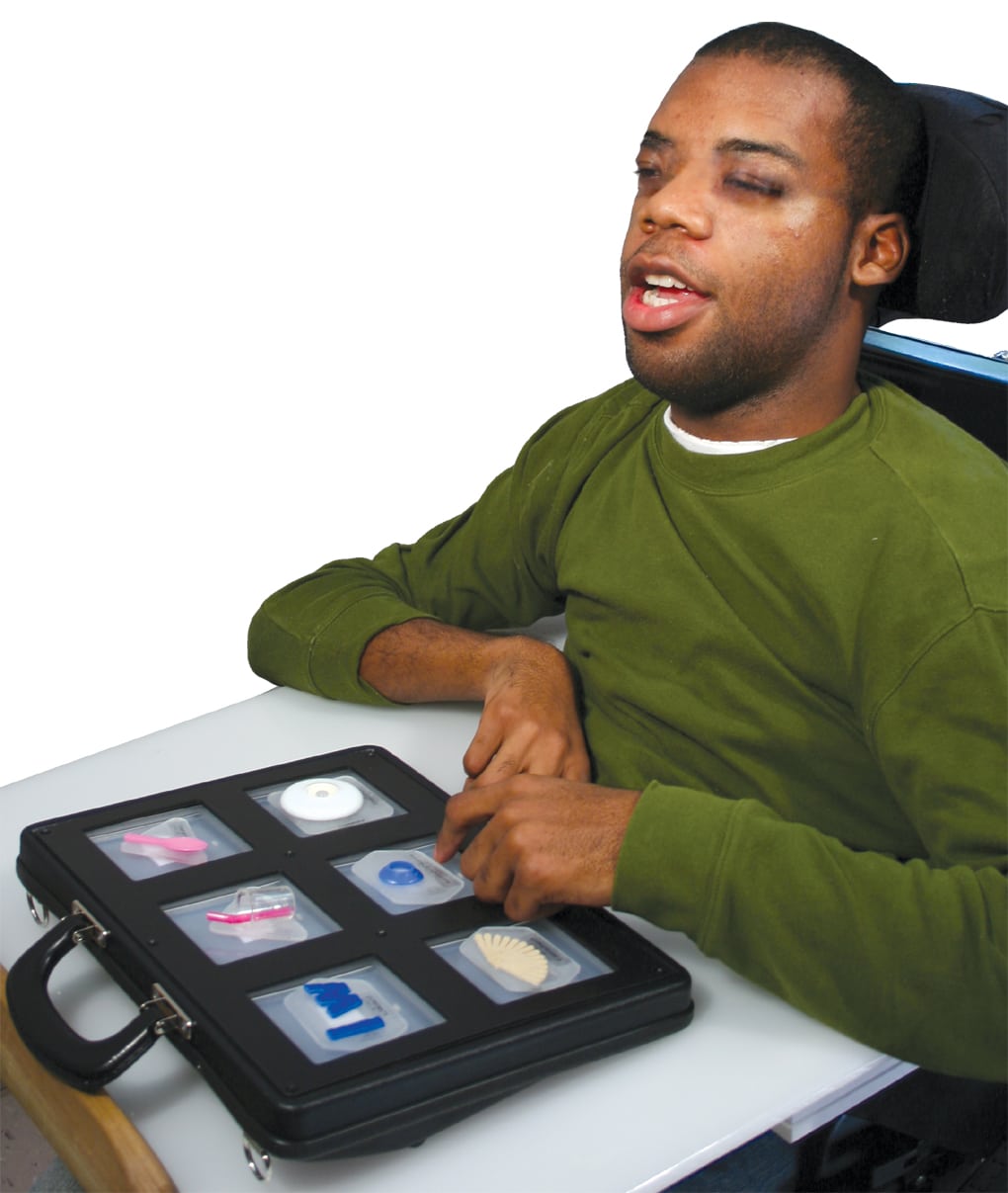Low Vision Awareness Month is an ideal time to learn about the causes and symptoms of low vision and about the many resources and technological advances that make living with this condition more manageable. Low vision isn’t the same as needing glasses or laser surgery. According to the American Academy of Ophthalmology, it’s “a permanent loss of vision that won’t improve with eyeglasses, medicine or surgery.”
In many cases, low vision is the result of conditions and diseases found more commonly in older adults. Conditions such as macular regeneration, diabetic retinopathy and glaucoma can all cause vision loss. Yet, seniors aren’t the only people affected by low vision. It can also be caused by conditions such as albinism, retinitis pigmentosa, traumatic brain injury or optic nerve damage.
Some conditions that cause low vision have no early symptoms and are hard to detect and diagnose. Therefore, it’s important to have yearly exams. Lee Huffman, editor-in-chief of AccessWorld, a publication of the American Foundation for the Blind says a low vision exam is far more comprehensive than the eye exams with which most of us are familiar. “A low vision examination includes a review of your visual and medical history, and places an emphasis on the vision needed to read, cook, work, study, travel and perform and enjoy other common activities,” says Huffman. Its goals “include assessing the functional needs, capabilities and limitations of your vision, assessing ocular and systemic diseases, and evaluating and prescribing low vision therapies.”
Follow-up from a low vision exam may include “education and counseling of family and other care providers; providing an understanding of your visual functioning to aid educators, vocational counselors, employers and care givers; directing further evaluations and treatments by other vision rehabilitation professionals; and making appropriate referrals for medical intervention are all a part of a low vision evaluation,” Huffman explains.
If you or someone you love is diagnosed with a disease or condition that causes low vision there are tools — some low-tech and some high-tech — that can help. Vision rehabilitation enables individuals with low vision to learn new ways to do the tasks they need and want to do. Sometimes a team of medical professionals will provide rehabilitation services. These services may include a home assessment to provide recommendations such as improving the lighting in your home, reducing glare and creating more contrast so it is easier to distinguish between objects. Your ophthalmologist or rehabilitation team will also teach you about tools that can make everyday tasks easier such as magnifying glasses, video magnifiers, audio books, smartphones and tablets, talking gadgets such as Alexa, and toys and devices with easily distinguishable textures and color-coding.
Enabling Devices offers a range of items for children and adults that can educate and improve quality of life for individuals with low vision. For a complete list of items, check out our online catalogue. For more information about getting involved in Low Vision Awareness Month, visit the National Eye Institute’s website.
What are your favorite tips and products for individuals with low vision? Share them with us on Facebook and Twitter.


